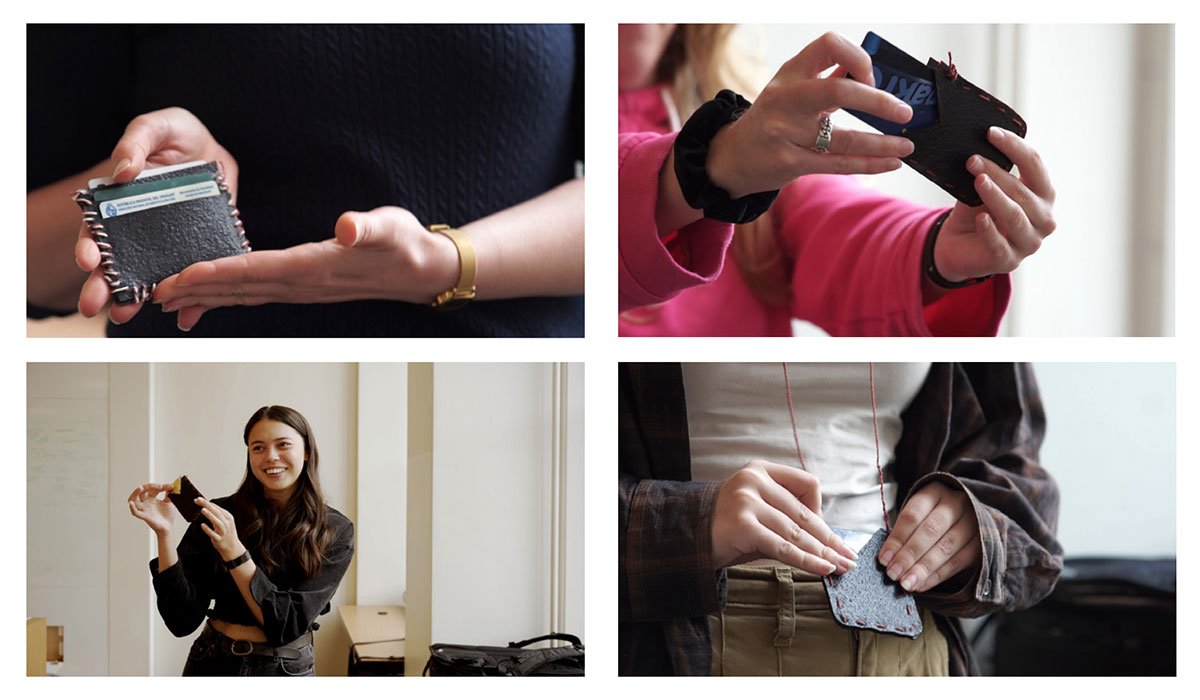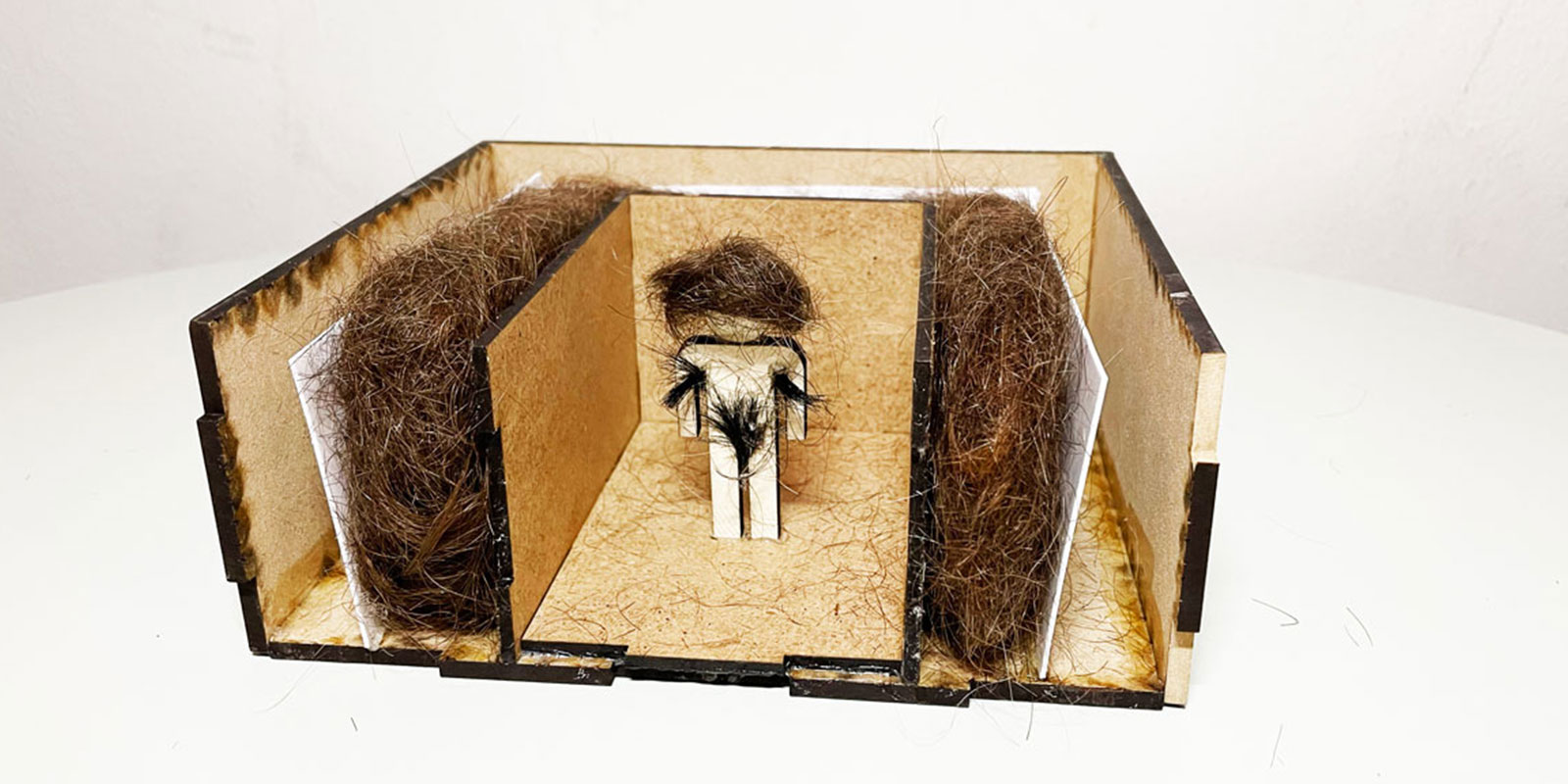In 2022 we partnered up with the Biodesign Challenge, an international competition and education program to support and shape the first generation of biodesigners. Our students explored the do’s, don’ts and dilemmas of designing with living organisms.
Biodesign Challenge
Biodesign Challenge is an education program and competition that is shaping the first generation of biodesigners. BDC partners high school and university students with scientists, artists, and designers to envision, create, and critique transformational applications in biotech. https://biodesignchallenge.org/
Here’s the list of other competing schools in 2022: [https://www.biodesignchallenge.org/2022-participating-schools] (https://www.biodesignchallenge.org/2022-participating-schools)
A Hairy Issue
The class selected this project team to represent AUAS at the Biodesign challenge and was one of the six finalists of the whole competition
Not only 72 million kg of human hair are thrown away in Europe per year but also the valuable properties of hair are wasted. Can we discover the value of hair as a material? After experimenting with it, we decided to focus on hiar reinforced building materials to make use of its strength. And because it is our natural insulator, we developed hair as insulation ofr housing. This can be an alternative for less ecologically friendly insultation materials. Hair clippings are not waste, but a raw material waiting to be used.
- Aaron Bibulovic
- Britt Vendel
- Malika Yunus
Coach: Marjolijn Ruyg

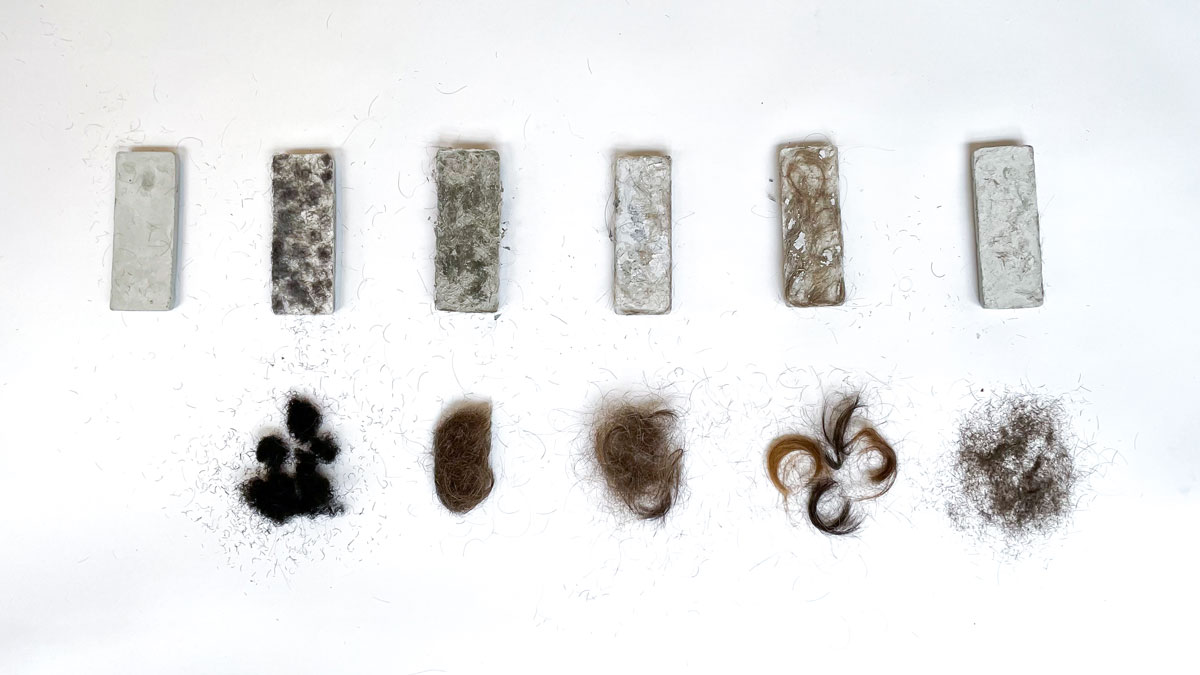
Flower Power Packaging
With this project, we created a material suitable for single-use packaging out of flower waste. The Dutch tulip production currently does not have a standardized way of disposing their flower waste, while as a material, the flower waste holds potential for other uses. We developed several compostable materials that resemble the sturdiness of single-use products currently used and that don’t break under the weight of food.
- Tram Pham
- Victoria Romijn
- Sem Spiekman
- Isabeau Stuhler
Coach: Ista Boszhard

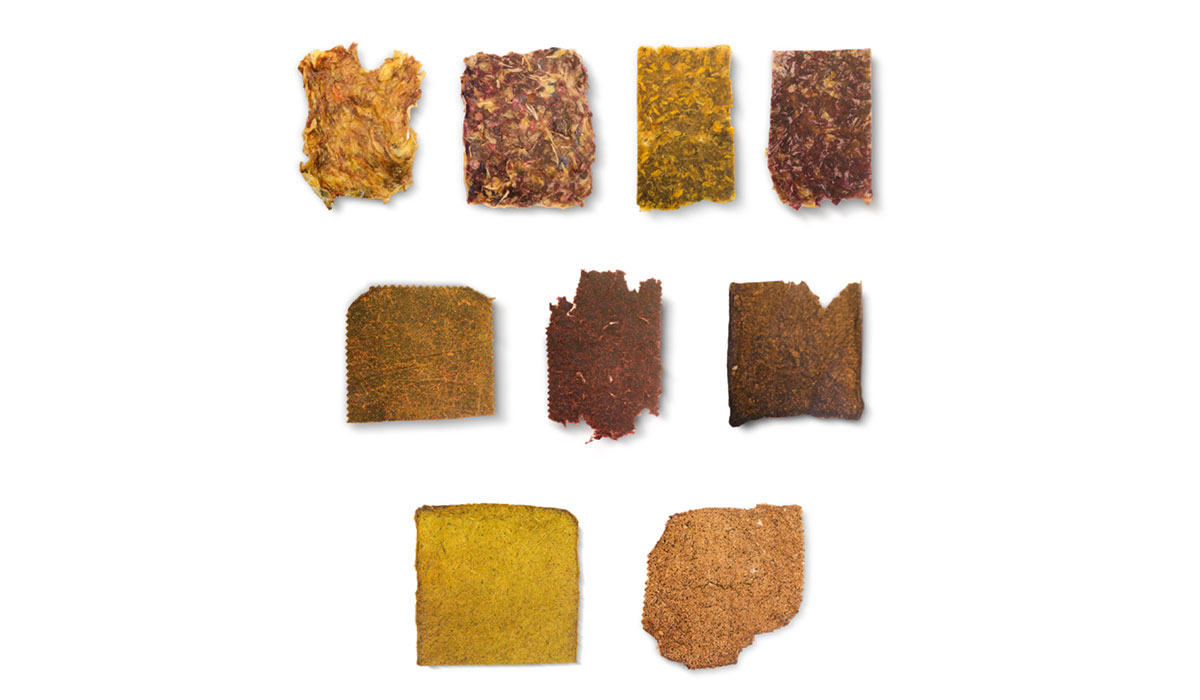
Scrappy Ink
In 2050, the Dutch economy aims to be fully circular. What does that mean for the ink we use daily? How do we replace the toxic inks? With Scrappy Ink, we imagine local stores that sell natural ink derived from food waste. We re-envision our relationship with color and focus on the local availability of color, the temporality of a relationship with fading colors, and how this process gains value.
- Anoek Balemans
- Emma Kengen
- Lisa Nijman
Coach: Ista Boszhard

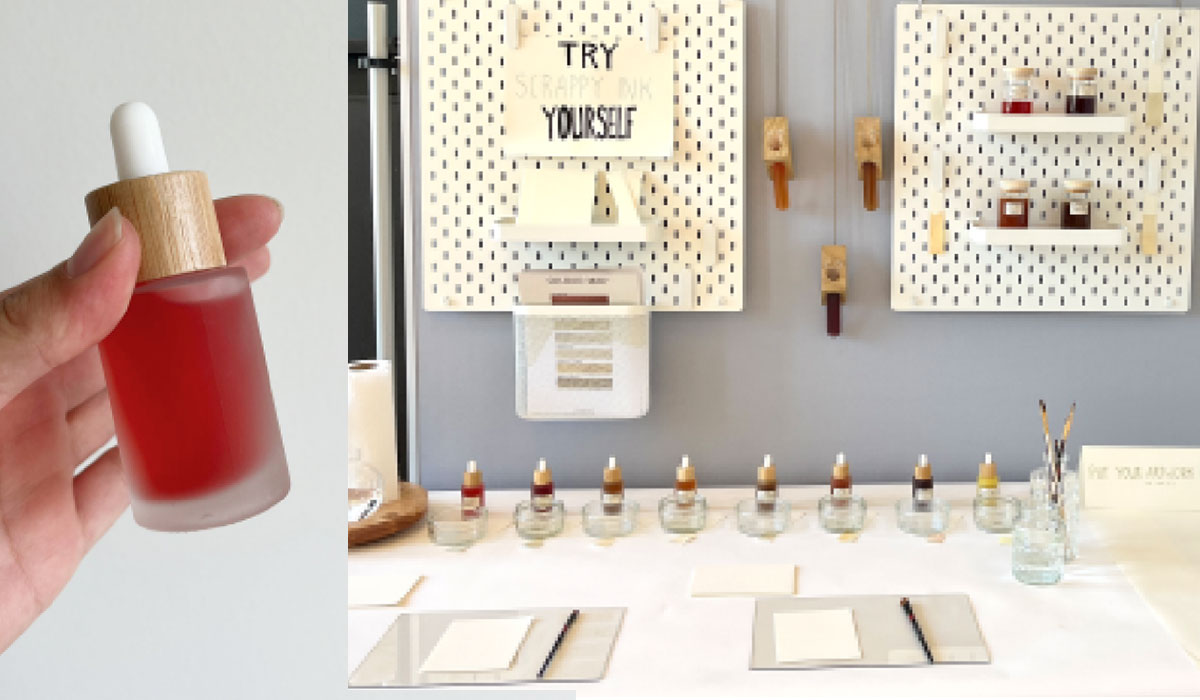
Co.Leather
What if there was a material that had the same attributes as leather, a material loved by both designers and consumers, but without exploiting animals? In order to achieve this goal, we have spent the last two months trying out different recipes and manufacturing methods, finding various applications and have come to a result that we are very proud of: CO.Leather. A vegan leather-like product that we believe has a lot of potential and is just waiting to be explored further.
- Marcel Brandt
- Flor Lopez
- Max Kathan Coach: Marjolein Ruyg
